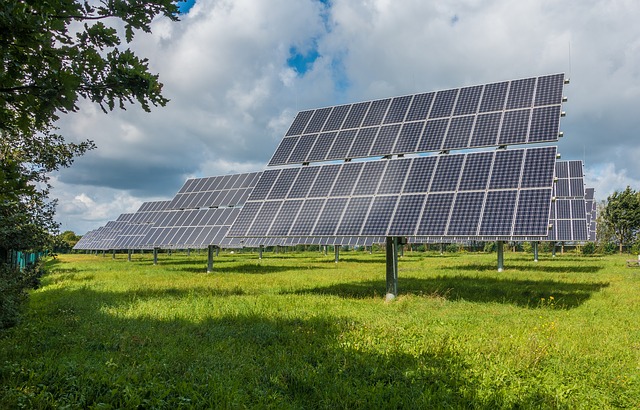- Published Research outlined the effects of Urbanization on the Microclimate of Abbottabad Pakistan.
- Factors that contribute to environmental degradation were taken into consideration.
- The methodology of research employed techniques related to geographic information systems and remote sensing.
- Urbanization is causing degradation of the environment by increasing land surface temperature, depleting water sources, and decreasing vegetation.
Also read: Urbanization – Causes, Effects, and Solutions
Introduction
The climate of a specific area is called microclimate. Climate change is happening around the cities of Pakistan and the anthropogenic activities of humans are also playing their role in increasing its threats to living things. Urbanization is one of the leading factors that trigger the effects of climate change. Climatic changes have negative influences on the social, public, and economic sectors of a country. The extreme examples of climate change include disturbed weather conditions following more floods, heavy rainfalls, droughts, and increasing land surface temperature.
Abbottabad, the city of Pakistan attracts tourists from all over the world. It is one of the most beautiful cities that has the Muskpuri peak. The microclimate of this city is getting affected by urbanization since 2005 when the catastrophic earthquake resulted in the loss of human lives as well buildings collapses. Millions of people suffered and migrated to nearby areas.
Factors contributing to Environmental Degradation
The key factors that contribute to environmental degradation because of urbanization are clearing vegetation regions, cutting of forests, urban settlements, overuse of groundwater sources, and housing schemes.
Research Summary
Published Research outlined the effects of urbanization on the microclimate of Abbottabad Pakistan. The methodology employed during research was based on techniques related to the geographic information system and remote sensing.
The information about changing trends in temperature included sources such as satellite images and the meteorological department.
According to research the result evaluation showed a correlation between urbanization and increased land surface temperature, and depleted water sources.
From 1980 to 2016, the annual mean temperature increased up to 4 °C.
Effects on Environment by Sprawl
Uncontrolled urbanization is causing degradation of the environment including increasing land surface temperature, depleting water sources, and decreasing vegetation. The meteorological data represented the increasing land surface temperature of cities. The mismanagement of water sources is causing the depletion of water sources. This factor is stressing environmental conditions. Due to spreading urban cities, the vegetative cover has been reduced.
Also read: From Winters to Summers: Investigating the Loss of Spring Season in Lahore
Conclusion
The correlation between urbanization and increasing land surface temperature indicates that adequate mediatory measures should be taken. To tackle the effects on microclimate mitigation practices are necessary. These practices include increasing greenery by tree plantation, growing forest, and foremost planned urbanization.
Recommendation
The Government of Pakistan should consider urban sprawl for tackling climatic changes. Proper planning and management related to urbanization is the need of the hour.
I hope you all liked this post! Please comment below if you have any suggestions, comments, or feedback! We at #envpk love hearing from our readers! Thanks!



